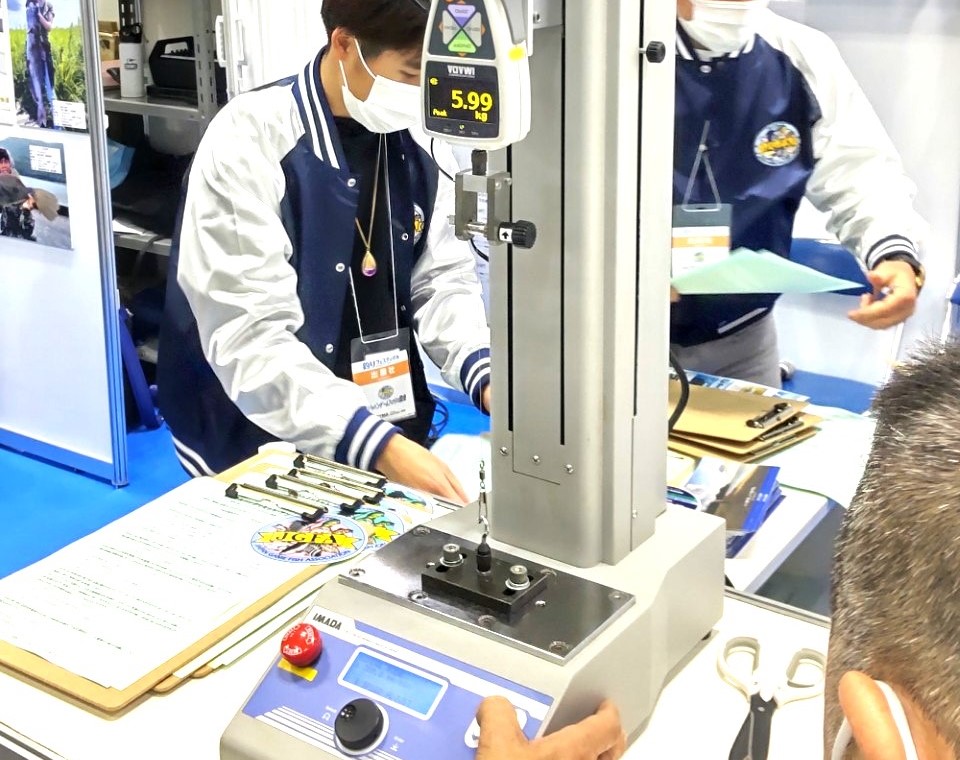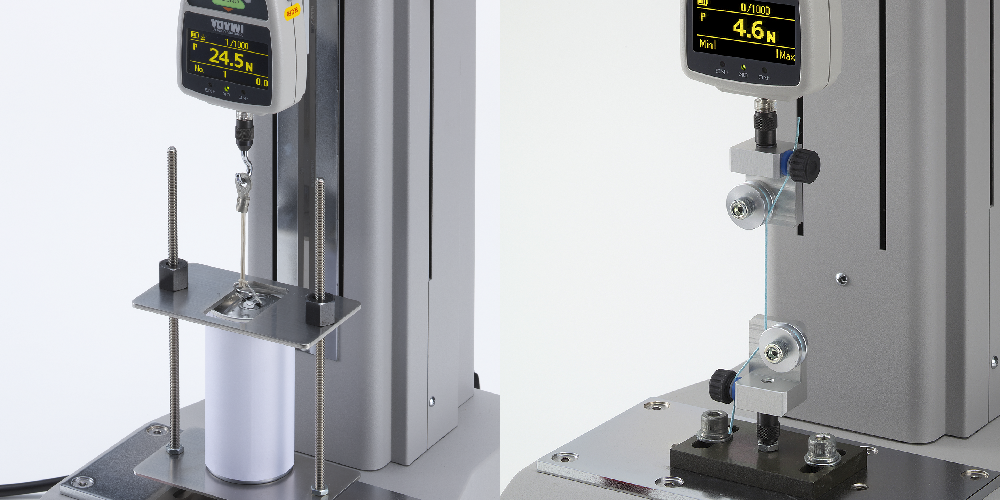
Creating Strong Knots
We wish to talk about the Knots in fishing line knotting and their strength in this topic, not the Knots in speed.
We hear that “making strong knots” is the Key and indispensable process in fishing for all anglers.
Like any other serious endeavor, Knotting requires knowledge, experience, and technical skills, and it takes work to make reliable knots suitable for power fishing. Weak knots break, and you end up losing your fish. So, for your record, it helps you to know how skilled you are with knot-making. The popular knots are knotted with the same fishing line, but the individual knots’ strength can vary significantly due to differences in how they are wounded and the forces applied to pull and fasten them.

The Knot Contest
Let’s tie the line to the swivel and check its Strength.
The Knot Contest has always been a very popular event organized by *Japan Game Fish Association during the Japan Fishing Fests and Fishing Shows OSAKA in Japan. Due to Covid-19, it was unable for the last three years and was re-opened with 70,000 visitors in Yokohama and Osaka.
The Contest rules are simple. 8 kg nylon Fishing line tied to a Swivel with a proud knot of your own making and compete for Strength. The IMADA measuring instruments were used for the strength evaluation by pulling the knotted Fishing Line with a swivel vertically until it brakes. With the Force Gauge, the load applied when the line breaks (breaking Strength) are quantified in real time. The 30 serious participants competed in each event.

Skilled competitors’ knots with results closer to 8kgf are considered the strongest.
And, of course, not all were happy with some unexpected low results.
The top 3 proud prize winners were awarded certificates and souvenirs.
Those who did not compete in the competition could also test their knot strength skills.
The measurements with the IMADA test stand helped anglers understand their knotting skill levels. Some tested with several different knots. Usually, it is not easy to see accurate evaluation results.

The complex world of Tensile Testing
At this event, the Strength of the Fishing lines were measured with a tensile test. Similar tensile tests are conducted widely in Quality Control and R&D in manufacturing. For example, the elongation rate of Fishing lines is also measured with a tensile test. They say that Fishing lines with the low elongation rate are susceptible to any minor effects at the tip (where the needle is knotted) and are easily transmitted to the hand through the Fishing Lod.
Tensile tests help find the materials’ strength and how much they can stretch before breaking.
Such as testing the ease of extraction of the Can’s pull tabs or the peel strength of the adhesive tape tests, etc.
Various videos on the IMADA Website show examples of the different types of tensile tests to help you with quality control ideas and solutions for understanding.

■ Tension Test | IMADA specializes in force measurement (forcegauge.net)
Many Thanks to the *Japan Game Fish Association for cooperating in disseminating this information.
*JGFA, JAPAN GAME FISH ASSOCIATION
Japan Game Fish Association was founded in 1979, and currently, there are about 3,000 members.
The “fairness” belief is the base of their activities and aims to penetrate sustainable angling in Japan and the world. JGFA provides official supervision to some of the events that employ IGFA rules. They conduct seminars and study courses on angling, conservation, and tag and releases to appoint officially qualified judges.



